Carnegie Clean Energy has secured $335,020 (USD 219,000) in funding from Tasmania-based Blue Economy Cooperative Research Centre (CRC) to advance preliminary design work for the first commercial MoorPower wave energy system.
Western Australia-based Carnegie said the MoorPower solution is derived from the company’s ‘CETO’ wave power technology which features submerged, buoy-like devices that are tethered a few metres below the surface of the ocean, moving with the waves.
Like the CETO system, MoorPower uses a power take-off (PTO) system that converts the orbital motion of the waves into clean electricity. But rather than being a stand-alone buoy system, the scaled-down technology is designed to be integrated with moored offshore vessels.
Carnegie said the MoorPower technology, which has been successfully operating at a test site in the waters off North Fremantle in Western Australia for more than 12 months, offers a solution to the challenge of securing clean and reliable energy for offshore applications.
“MoorPower offers a sustainable alternative to diesel generators, aiming to significantly reduce costs and environmental impact for aquaculture and other offshore industries,” the company said.
“The initial target market for MoorPower is offshore vessels such as feeding barges for the aquaculture sector, but the future market is broader and includes the many other offshore operations that require energy.”
Carnegie said the new funding will allow it to scale the MoorPower solution into commercial applications.
“The team will scale and optimise the MoorPower system for operating feed barges and undertake an in-depth assessment of aquaculture’s operational requirements,” the company said. “The project will dive deeper into existing feed barge mooring configurations, barge movements and compliance required for commercialisation.”
According to Carnegie, the design work is expected to provide the technical foundation required to attract investment to build and deploy the first full-scale system in real conditions.
“We’re focused on delivering the detail needed to unlock investment in a commercial pilot project,” it said.
Carnegie will deliver the project in collaboration with a consortium of partners including two of Australia’s largest aquaculture companies, Huon Aquaculture and Tassal Group, and the University of Tasmania.
As well as the funding from the Blue Economy CRC, the project will be financed by $417,000 of in-kind support from all the project partners.
This content is protected by copyright and may not be reused. If you want to cooperate with us and would like to reuse some of our content, please contact: editors@pv-magazine.com.
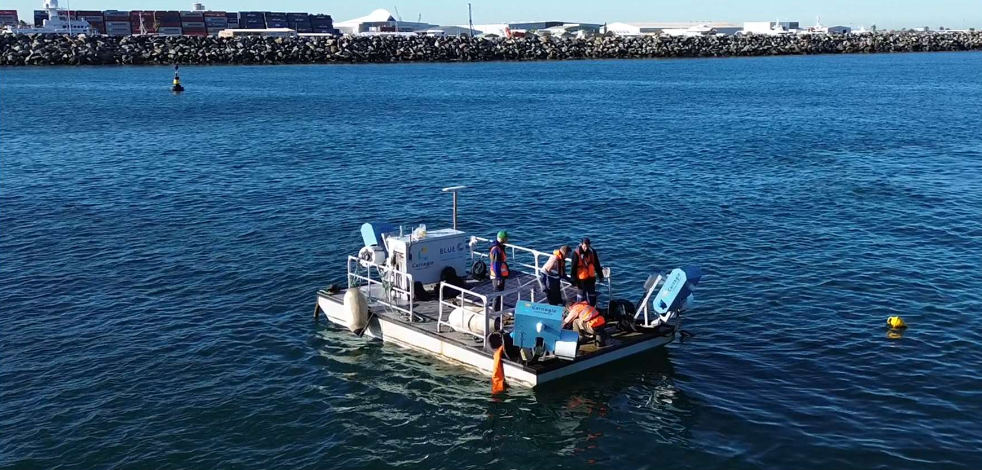
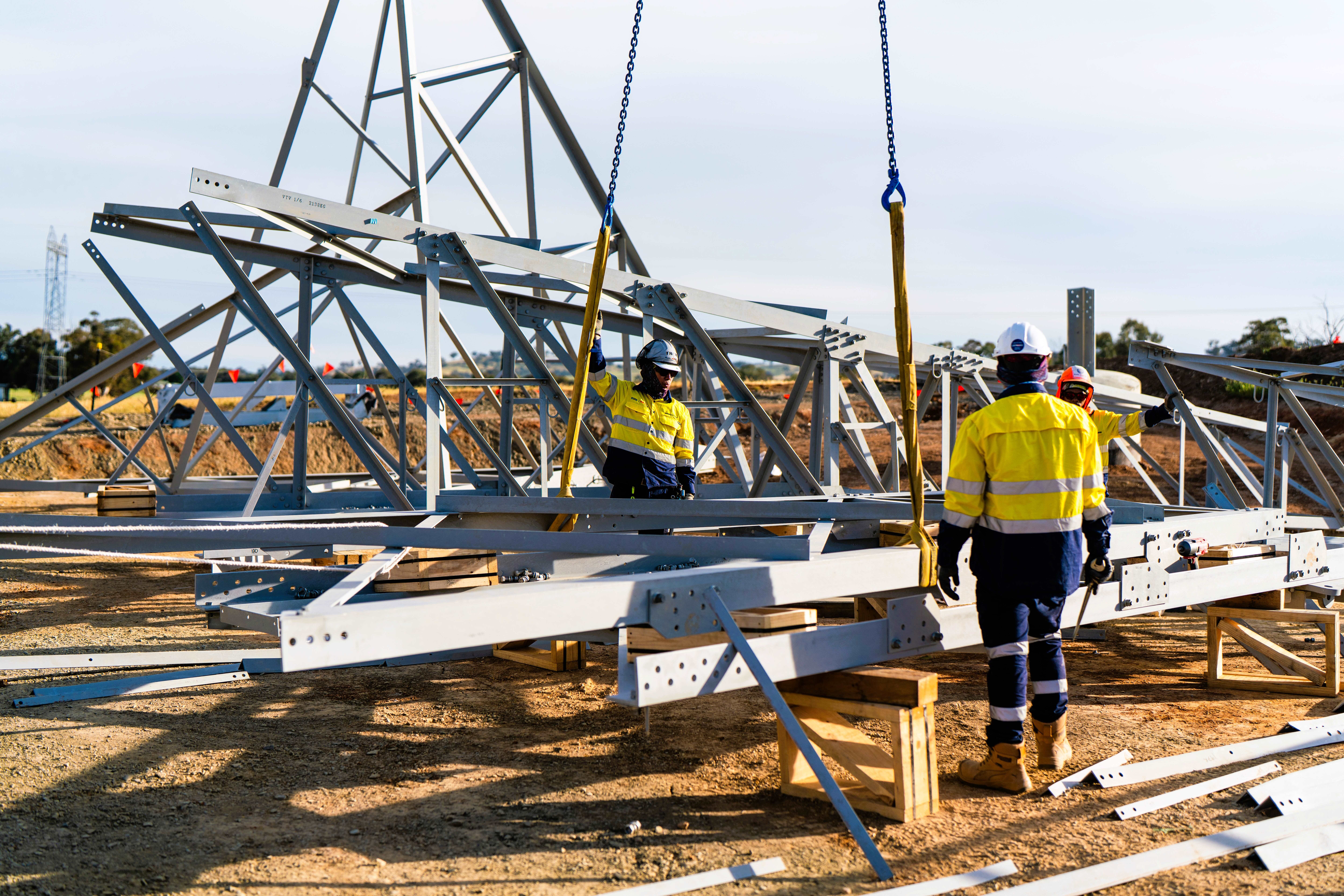
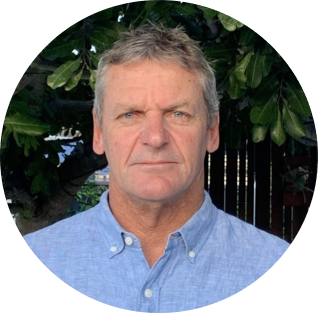

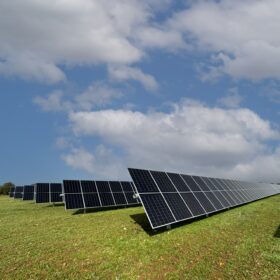
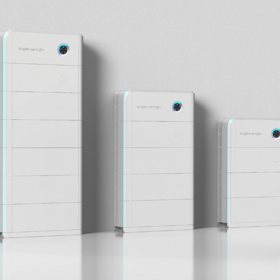
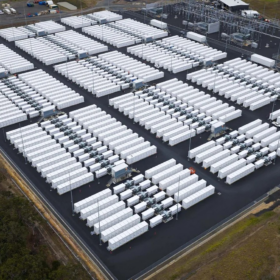
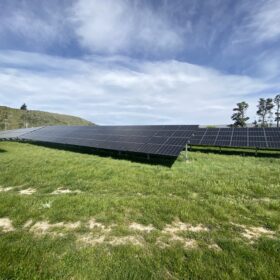
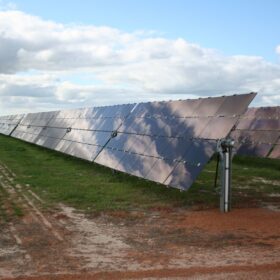
By submitting this form you agree to pv magazine using your data for the purposes of publishing your comment.
Your personal data will only be disclosed or otherwise transmitted to third parties for the purposes of spam filtering or if this is necessary for technical maintenance of the website. Any other transfer to third parties will not take place unless this is justified on the basis of applicable data protection regulations or if pv magazine is legally obliged to do so.
You may revoke this consent at any time with effect for the future, in which case your personal data will be deleted immediately. Otherwise, your data will be deleted if pv magazine has processed your request or the purpose of data storage is fulfilled.
Further information on data privacy can be found in our Data Protection Policy.